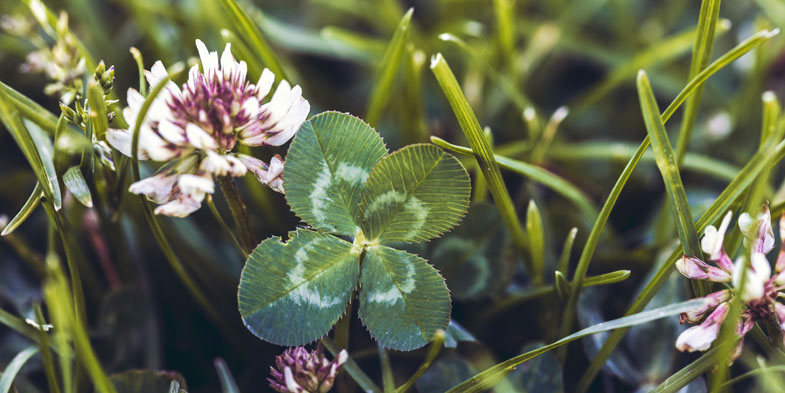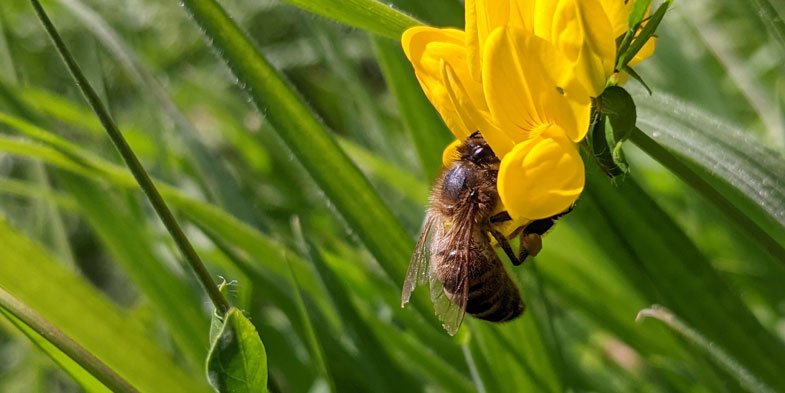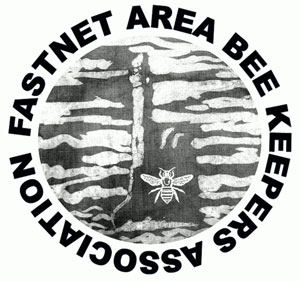
It’s useful to have a couple of honeybee reference books that deal with beekeeping particular to our weather. There are a plethora of bee books on the market, but not many focus on beekeeping in our Irish climate, which is described as ‘temperate’. I’d say ‘wet’ and ‘wetter’! So, any book that is written in favour of our native black bee AMM (Apis Mellifera Mellifera) would be for our climate because these bees have withstood the weather test & thrived.
It’s premature to talk about which type of bees to look for until you know what your plans are and where you live. If beekeepers in your locality are keeping buckfast bees and you decide on native bees, then it’s probably prudent to go with the majority because crossbred bees are likelier to be ‘crankier’ when handling.
I know I mentioned books already. Yes, the internet is a ‘hive of information’ but be selective with your sources since a lot is published from the United States, Australia and New Zealand, which have different methods, climates, governance and types of honeybee, plus a lot of long-distance shuffling of lorry loads of hives to pollinate crops (migratory beekeeping).
The variation of bee practices differs considerably throughout the world and can therefore be misleading when adapting to Ireland. So, sift out as you browse. Better to make notes and send us an email (info@fastnetareabeekeepersassociation.net) for advice before acting.
People attending our beginner course will have been provided with a copy of Ted Hooper’s Guide to Bees & Honey, which is thoroughly recommended. Other useful books include Bees at the Bottom of the Garden by Alan Campion, and Haynes Bee Manual by Claire & Adrian Waring. Celia Davis, a wonderful English beekeeper, has a few excellent books published, and NIHBS (Native Irish Honey Bee Society) have a great series of inexpensive booklets, which are well worth reading. Lots of books are available second hand, in shops & online. Watch the pennies until you know ‘things’.
If you are into gardening then now is a great time to look around and think of what tree, shrub, flower, ground cover is good for bees and make a few changes in your garden design. The bees need pollen and nectar, and there is something magical when you see them working plants you have sown.

Pesticides are an occupational hazard for all pollinators which farmers and some gardeners still use, unfortunately. Teagasc started a campaign last year to encourage farmers to preserve hedgerows which protect and feed pollinators, and also Teagasc advises a reduction in the use of pesticides etc.
However, if your bees are near agriculture grass, tillage or areas of intensive farming, the chances are pesticides will be used at some stage. I mention this because, as part of your learning, build up a relationship with your neighbouring farmer and let him/her know you have bees. Most will definitely inform you when they are spraying and give you a chance to close hive entrances late evening or early morning and protect your colony.

Here in West Cork we have a great gardening program on C103 FM hosted by the wonderful horticulturist Peter Dowdall. Tune in and catch this very informative programme. We all have a dusty gardening book we can read again with bees in mind. So, there are plenty of opportunities for inspiration. It’s like when you get a different car — you then notice the same brand everywhere!
Prev: Essential Equipment
